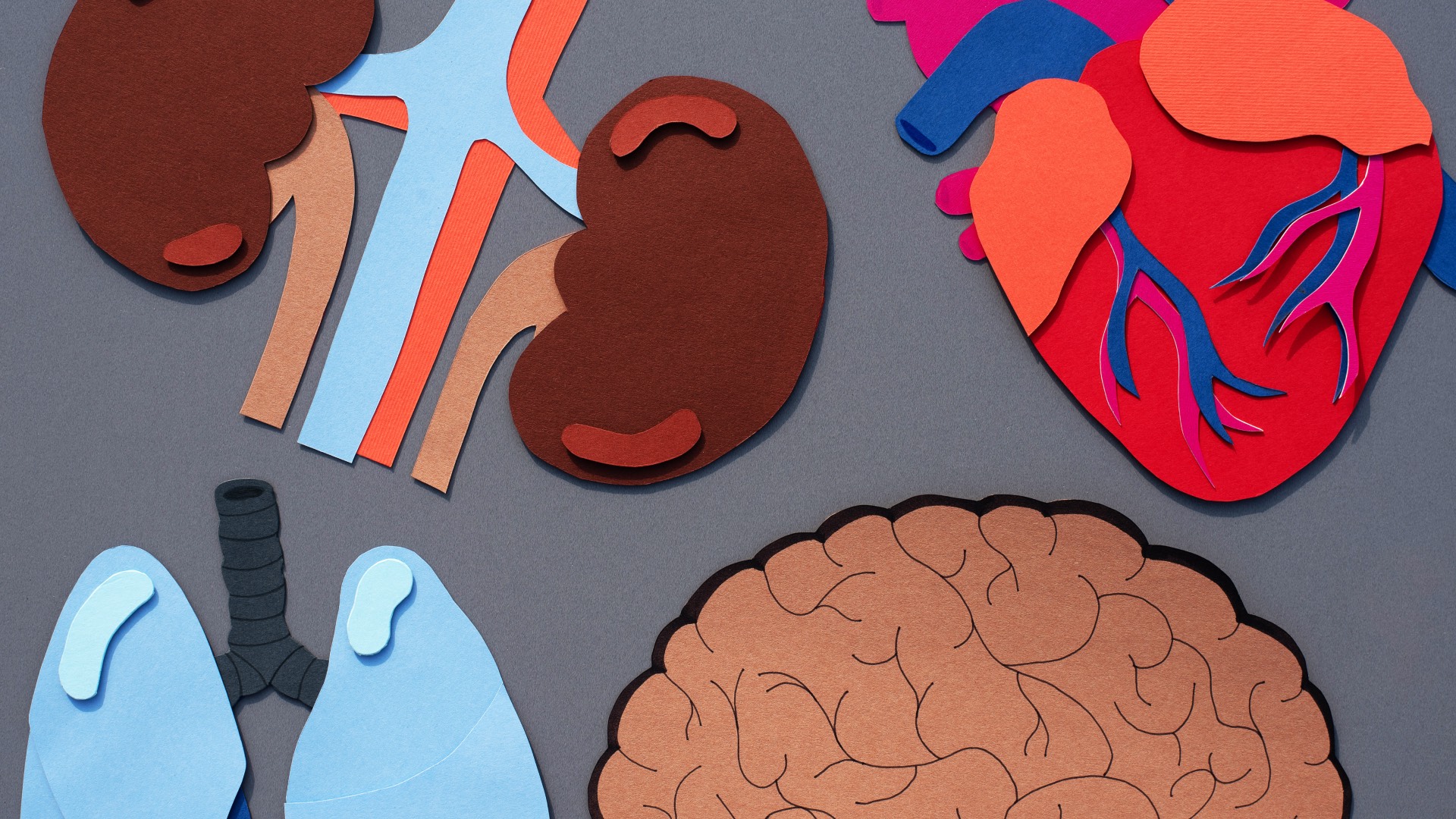New Bioprinting Technique Capable of Forming Human-Based Cellular Structures in Seconds

Study in a Sentence: Researchers at the University of Melbourne developed a new 3D bioprinting technique for cellular structures that accurately replicates human tissue and is approximately 350 times faster than older methods.
Healthy for Humans: This technology, known as dynamic interface printing, will advance biofabrication due to its increased speed and its ability to print multiple cell types and replicate the complex tissues found in the human body. Dynamic interface printing provides researchers with an advanced tool to study human biology and disease and improve therapeutic development without animal testing.
Redefining Research: Other bioprinters use a slow, layer-by-layer printing technique that limits the material composition and rapid testing capabilities. This new approach uses acoustic waves to fabricate 3D printed cell structures with high speed and resolution and compatibility with a range of materials, from soft tissues like in the brain to stiffer ones like bone.
References
- Vidler C, Halwes M, Kolesnik K, et al. Dynamic interface printing. Nature. 2024;634(8036):1096-1102. https://doi.org/10.1038/s41586-024-08077-6
- Sterling, J. High-Speed 3D Bioprinter may be game changer for drug discovery. Genetic Engineering & Biotechnology News. November 1, 2024. https://www.genengnews.com/topics/drug-discovery/high-speed-3d-bioprinter-may-be-game-changer-for-drug-discovery/








